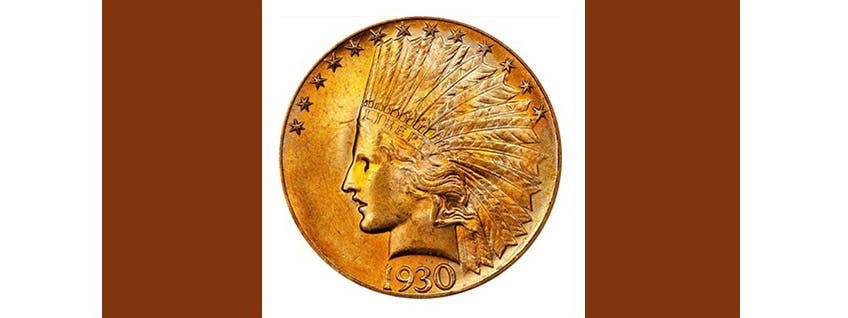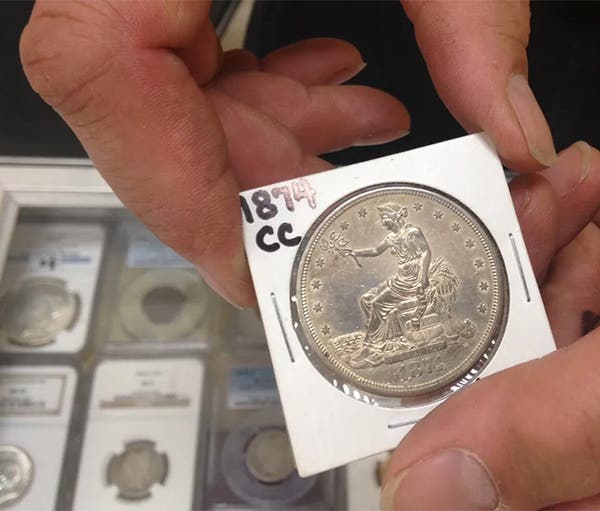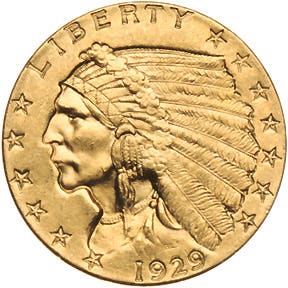Who Are a Numismatic Dealer’s Customers?
The key for a numismatic dealer is to identify their potential customer base and focus their marketing efforts on that demographic.
To operate a business efficiently, one must market it to the optimum demographic of customers. So, who are numismatic dealers' customers to whom they should market? In theory, nearly anyone could be a numismatist and be a potential part of the demographic. However, only a small percentage of the general public are serious collectors. Thus, the cost of marketing to the general public tends to be quite high per sale made. As a consequence, I’m sure we have all seen national marketing campaigns to the general public offering merchandise at much higher prices than those charged by a high percentage of dealers.
One way to market to serious collectors is to advertise in numismatic venues, especially if one is looking to sell to customers. Using national hobby and industry publications and the Internet, it is possible to reach the right audience. The less exciting part of this approach is that there are many other dealers marketing in the same venues.
By the way, marketing promotions made to the general public are rarely also advertised in numismatic venues. Potential customers either recognize replica items for what they are or, for genuine numismatic pieces, have more alternatives to acquire the same products at lower prices elsewhere.
Most numismatic dealers not only sell to the public but are willing to buy from the general population as well. A far greater percentage of people have coins and currency passed through their hands from inheritances, gifts, or foreign travel compared to how many people are active collectors. Further, some people working in small businesses often set aside interesting pieces they see pass through their cash register.
So, numismatic dealers can advertise to purchase from the general public with greater prospects of business than trying to sell to non-numismatists. Look at the ads in any numismatic venue, and you will see a good number of ads seeking to purchase items from sellers. Buying from the public is often the major activity of dealers with storefronts or offices.
When advertising to purchase from the general public, it can draw more response if you buy more than just American coins. Also, purchase currency, foreign issues, tokens, and medals, plus add as many other kinds of collectibles as you have the competence to handle. The greater the variety of what you can offer to purchase, the larger your potential customer base. One caveat for a dealer is that the more material you can buy from the public, the more working capital you will require.
There are a number of successful dealers who focus on buying and selling within narrow numismatic niches. With careful pinpoint marketing, that can work well – but mostly on a national basis rather than relying on local patronage.
The key point for a numismatic dealer is to identify your potential customer base. Local or national? Face-to-face in your business or at shows or online? A broad spectrum of products or a narrow numismatic niche? Once you identify your potential customers, then focus your marketing on that demographic.
Answer to the Previous Trivia Question
Last week, I asked: George Washington was the first U.S. president to appear on a U.S. coin, the 1900 Lafayette dollar. Who was the second?
The correct answer is that two were tied for that honor. The first U.S. commemorative gold coins were dollars dated 1903 to honor the 1904 Louisiana Purchase Exposition in St. Louis. Two coins were issued with a common reverse. The obverse of one depicts President Thomas Jefferson, who served at the time of the Louisiana Purchase. The other obverse depicted assassinated President William McKinley, technically because he sanctioned the exposition while president, but more likely as a memorial to his recent death while in office.
This Week’s Trivia Question
What were the highest-mintage U.S. commemorative coins in both uncirculated and in-proof strikes? Come back next week for the answer.
You may also like:








